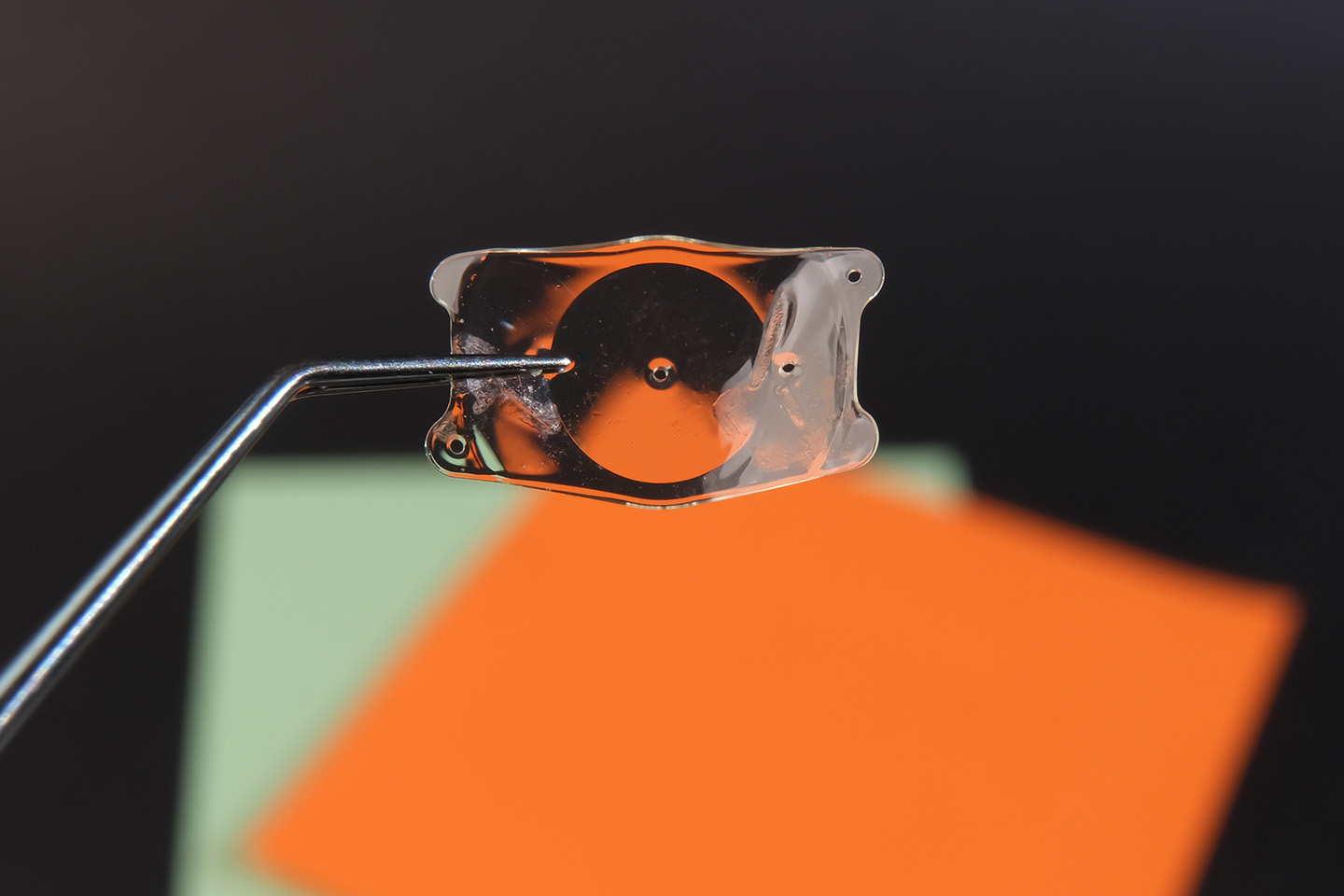LASIK and Dry Eye — Here’s What You Need to Know

LASIK surgery is a safe, effective way for people struggling with blurry vision to restore their eyesight, but the procedure can sometimes result in short-term dry eye. Here’s what patients should expect after their procedures.
LASIK surgery is a great option for many people who are dependent on corrective eyeglasses or contact lenses, but it does come with some minor side effects. The most common of these side effects is dry eye.
As its name suggests, dry eye occurs when tears do not sufficiently lubricate the eyes. Dry eye can stem from insufficient tear production or the production of tears that are of poor quality — i.e. that do not contain the proper proportions of water, oil, and mucus. Symptoms of dry eye include a burning, stinging, or scratchy sensation in the eye, the sensation of having something stuck in the eye, eye redness, and blurry or impaired vision.
Though LASIK-induced dry eye is fairly common, the likelihood of developing a severe case of the condition can be reduced with proper pre-op care.
LASIK and Dry Eye
Some experts estimate that 95% of patients experience dry eye immediately following their LASIK procedure, and that up to 60% will continue to experience dry eye through the first month of their recovery.
It is not known exactly why LASIK causes dry eye. Some doctors attribute this to the corneal nerves that are cut during surgery. This is an entirely safe (and necessary) step of the procedure that does not affect a patient’s vision, but it may temporarily disrupt communication between the cornea and the tear glands. LASIK can also cause inflammation in the eye, which can stimulate pain in the remaining nerve endings and disrupt tear production. Further, it’s possible that reshaping the cornea temporarily causes the eye to interact differently with the eyelid.
However, one thing is clear: many people already have dry eye or are predisposed to it before they get LASIK surgery. By all accounts, these patients comprise the majority of cases of post-LASIK dry eye.
Getting Checked for Dry Eye Before LASIK
The most effective method of preventing post-LASIK dry eye is to get checked for the condition before receiving your procedure. This begins with undergoing a comprehensive eye exam.
During this exam, your doctor may administer a Schirmer test to determine the volume of your tear production. In this test, strips of blotting paper are placed under your lower eyelids. After five minutes, they are measured to see how much fluid they have absorbed.
Your doctor may also test the quality of your tears. Using imaging or dye, your doctor can get a better sense of your tear film and how long it takes to dissolve.
Treating Post-LASIK Dry Eye
If you end up experiencing dry eye following your LASIK procedure, there are numerous ways to find relief. The easiest and most popular method is to use over-the-counter eye drops (artificial tears). For more serious cases, your doctor may prescribe eye drops with cyclosporine (Restasis) or corticosteroids to help reduce inflammation.
For moderate to severe persistent dry eye, your doctor may suggest blocking your tear ducts to prevent tears from draining away quickly. This is done with punctal plugs made of silicone, and is a temporary and reversible procedure.
Other treatment options include taking oral antibiotics to reduce inflammation and dissolving lubrication inserts under your eyelids. In extreme cases, doctors may recommend artificial tears that are made partially of your own blood serum.
Ultimately, though, LASIK is a safe, effective option for many patients. The experts at Swagel Wootton Eye Institute are dedicated to supporting your eye health, and are ready to discuss whether you are a good candidate for LASIK surgery. Contact us at our Mesa and Chandler locations today to set up your VIP consultation.
[DISPLAY_ULTIMATE_SOCIAL_ICONS]








